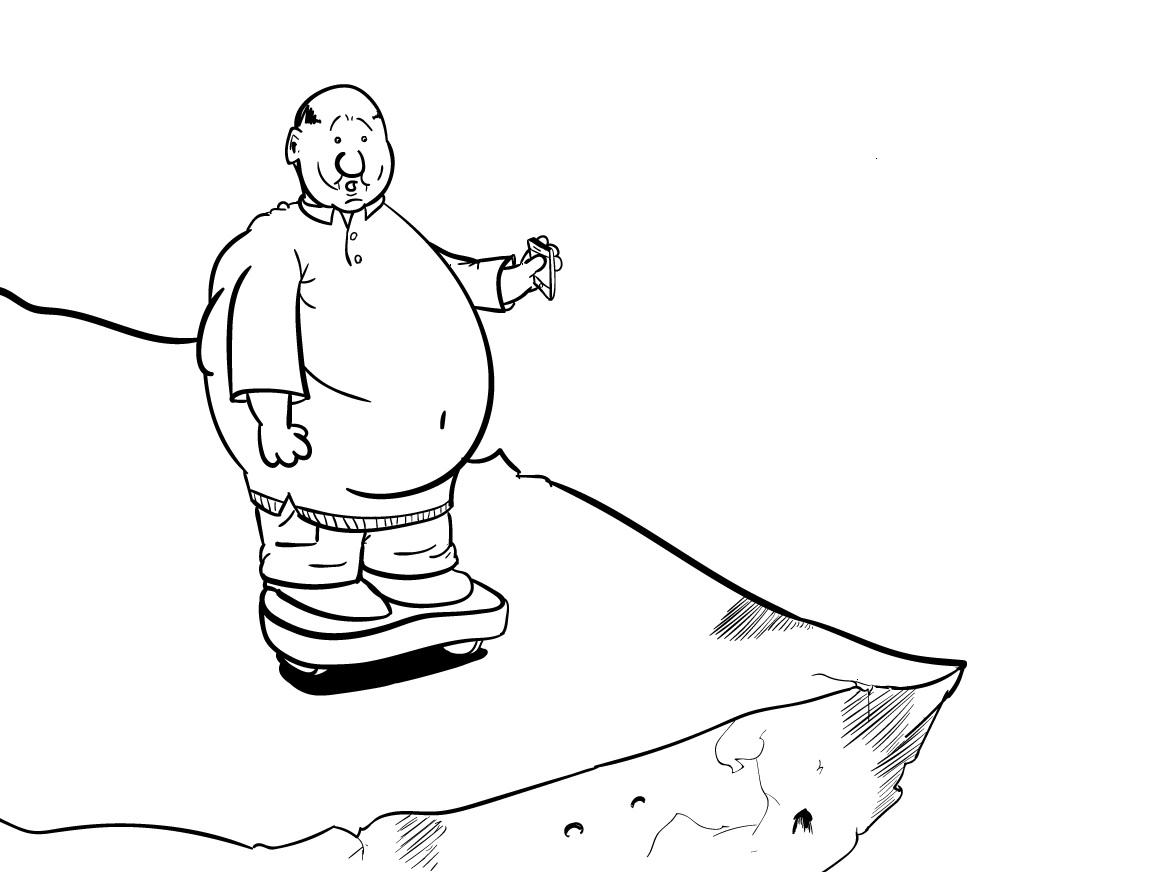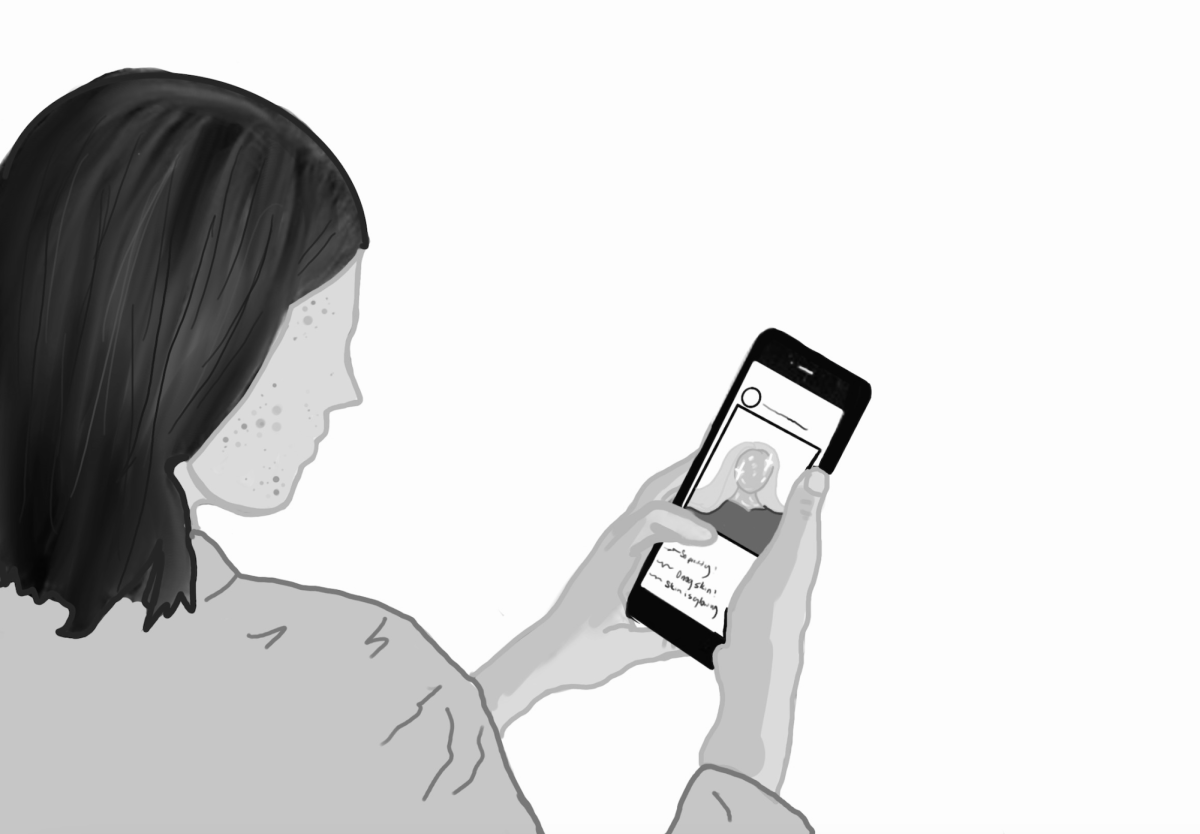Laziness of yesterday lies on the couch, eating potato chips and watching television. Laziness of today steps onto its hoverboard and leans in order to travel with the minimum amount of energy. There’s no doubt that hoverboards are gaining popularity, primarily with youth, and this certainly shouldn’t be considered good news.
Adolescents and pre-teens refuse to moderate themselves with this new technology, and embracing hoverboards as transportation is the new form of extreme laziness.
Hoverboards use gyroscopic pads, which detect the direction in which the rider is leaning, thus powering the machine to travel in the desired direction. They range from $300 to $500 in price, and depending on the brand can travel up to 12 miles an hour.
Despite the growth in popularity, major retailers and corporations are offering full refunds for hoverboards and even briefly taking them off of the market amid safety concerns. Multiple airline companies have banned the shipment of hoverboards on their aircrafts because of the danger of combustion of the lithium-ion batteries within the boards.

Some colleges in the United States, such as American University and George Washington University, have placed an outright ban on hoverboards. Others, like Louisiana State and University of Arkansas, have incorporated rules and regulations regarding the devices.
These businesses and schools made the shrewd choice of placing regulations on hoverboards for safety reasons. However, the most dangerous aspect of hoverboards is that they are giving developing kids another opportunity to be less active.
Health Boosters, a blog whose goal is to inspire a healthy lifestyle, in their article Are Hoverboards Good or Bad For Your Health, said, “If you’re looking to stay fit, good old-fashioned walking wins over hoverboards. An average person weighing 150 pounds can burn 204 calories per hour walking a 24-minute mile (2.5 mph).” Walking for 25 minutes can burn nearly 200 calories, while ‘hoverboarding’ will burn much fewer.
Some claim that riding hoverboards improves balance, and requires a substantial amount of core strength. However, there is no scientific data that supports this assertion.
Don’t roll, walk. You have legs, so use them. The human body is incredible, resilient and extremely powerful. We should break this habit of using our bodies as little as possible.
More important, we, the human race, are consciously donating our physical well-being to technology. Our addiction to and mindless consumption of the latest device has altered how we use our own bodies. Entertaining as hoverboards may be, it is unhealthy for them to be used as anything more than a toy.
According to Rachael Rettner, a senior writer at Live Science, the average American walks 2.95 miles every day, which is over 2 miles short of the recommended distance to stay healthy. We aren’t walking enough as it is, and with the rise in popularity of the hoverboard, and the subsequent decrease in walking, how do we expect to even come close to obtaining this goal of physical fitness?
Pixar production’s Wall-E, which is based nearly 800 years in the future, depicts humans who have grown so reliant on technology that they cannot communicate, eat, sleep, or move without it. Though the movie’s reality may have been exaggerated, I can still see the parallels with our society today. Letting technology control our every move is going to significantly and negatively change the future.
Humans are being drowned by the wave of technological advancement, and it is often very difficult to overcome the constant distraction. Hoverboards may be the newest “improvement”, but we must learn to moderate ourselves, because as of now, some of us can’t even walk without being distracted by technology.


















